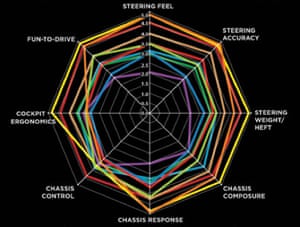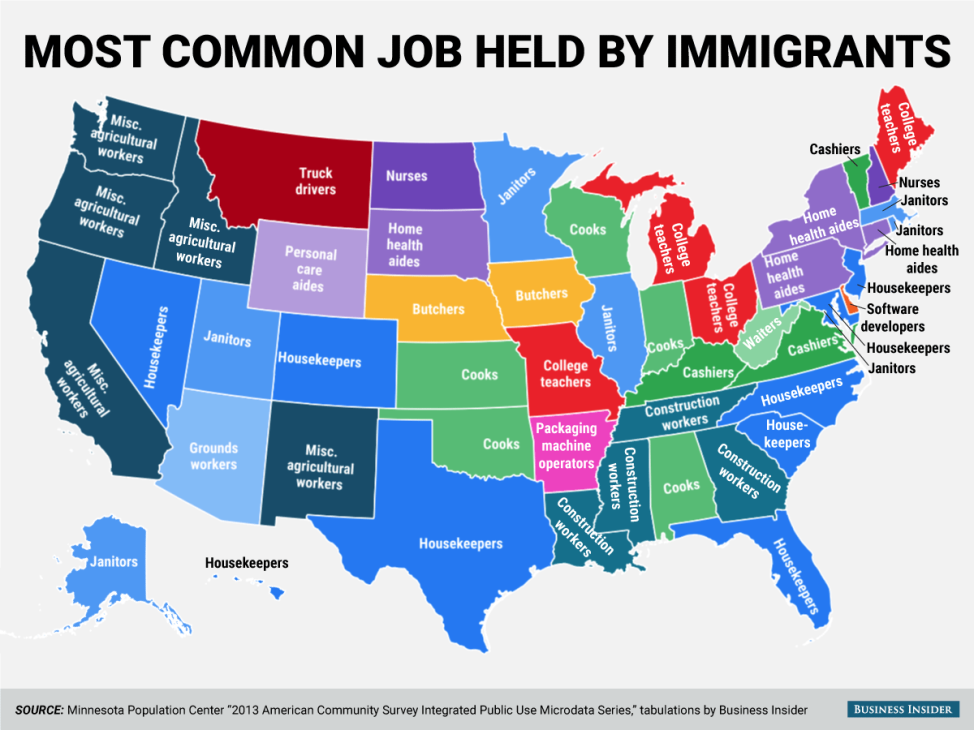The ultimate goal of data visualization is to make it easier for management teams and the business people to make informed decisions. Data visualization makes it easier to analyze a set of information. With background information, business objectives and business goals, visualizations provide an additional context. With a good visualization you can point out areas of improvement, areas with potential, weak spots etc. They provide a way of communication that can be easily understood by the audience, saves time and leads to informed decision making.
Hence, it is very important to be critical and ask yourself – What do you want to represent with this visualization? Is it making sense? Is it easily understandable? Does it convey the right meaning? For example, lets consider this visualization below –

https://www.theguardian.com/news/datablog/gallery/2013/aug/01/16-useless-infographics#img-4
This a radar chart that is designed to assess cars by comparing different car features against each other. This is a classic example of eye beats memory. It is confusing and difficult to understand.
- What do the different colored lines symbolize?
- The colored lines used to connect the different features are highly confusing and difficult to make sense of.
- While comparing one feature to another, you constantly need to remember the value of that feature to another.
- Don’t even try comparing multiple features, it will require you to really squint your eyes and maybe create a table just to understand what’s going on!
- I don’t know what how to judge whether each feature is good, average or bad? How do I define that?
The creator of this visualization did not think whether this visualization will help or hinder information analysis. There was no thought put into how it will prove to be an effective tool for decision making. In my opinion, it is a pointless visualization. What do you think?
Source –
https://www.theguardian.com/news/datablog/gallery/2013/aug/01/16-useless-infographics



 The above chart basically matches price of gold to yield of bonds. To somebody who reads The Economist, the above correlation holds substantial value but the visual noise created by distracting image (coin), extremely enlarged chart and microscopic font deviates the attention of the reader.
The above chart basically matches price of gold to yield of bonds. To somebody who reads The Economist, the above correlation holds substantial value but the visual noise created by distracting image (coin), extremely enlarged chart and microscopic font deviates the attention of the reader. In this chart too, it is difficult to concentrate on the plotted columns while ignoring the cranes and workers that litter the chart. These irrelevant decorations just compel the reader to work harder than they otherwise should to discover the meaning hidden in the data.
In this chart too, it is difficult to concentrate on the plotted columns while ignoring the cranes and workers that litter the chart. These irrelevant decorations just compel the reader to work harder than they otherwise should to discover the meaning hidden in the data.